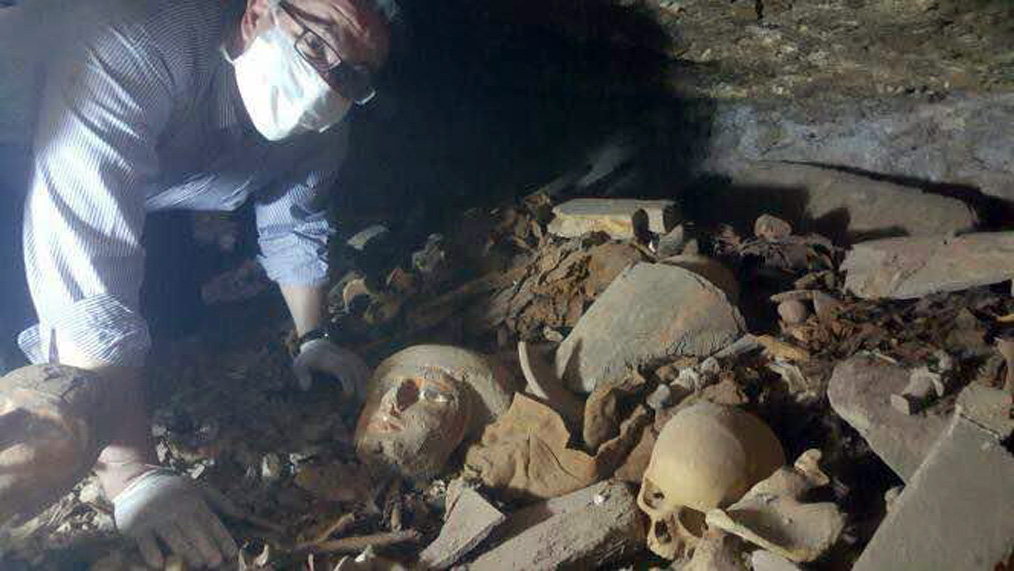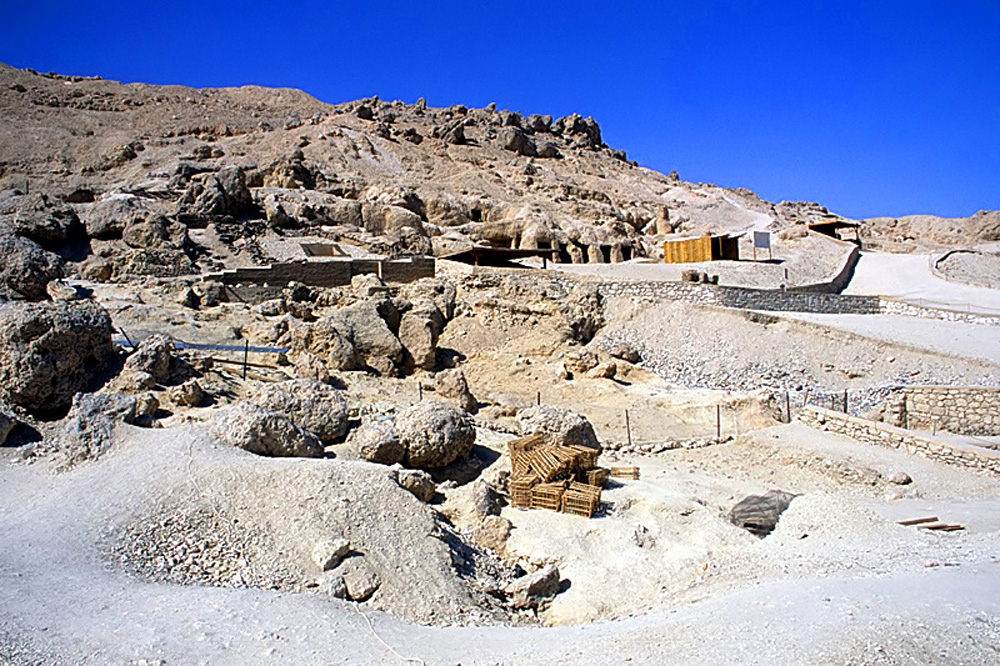Tomb Full of Mummies Unearthed at Luxor

Several mummies and more than 1,000 figurines have been discovered at an ancient cemetery located at Luxor in Egypt, archaeologists reported.
A team of archaeologists with the Egyptian Ministry of Antiquities uncovered the funerary complex during the ministry's ongoing excavations at the site. The funerary complex contains multiple tombs that were originally built for a man named Userhat, who was a judge in Luxor sometime during what modern-day archaeologists call Egypt's New Kingdom (1550–1070 B.C.) period, the ministry said in a statement. [See Photos of the Cemetery and Mummies at Luxor]
During the New Kingdom period, Egypt was unified, and it often controlled a large amount of territory in the Middle East and modern-day Sudan. After the New Kingdom ended, the complex was re-opened and more mummies and burials were put into the structure, the ministry said.
Researchers discovered a labyrinth of tunnels and chambers containing the remains of mummies and assorted human remains, as shown in photos released by the ministry. In some cases, the colors on the mummy coffins are well preserved, despite the passage of millennia.
Additionally, a "collection of ushabti figurines carved in faience, terracotta and wood was also unearthed," in the tomb complex, the ministry said in the statement. Ushabti figurines were frequently buried with the dead in ancient Egypt, and Egyptologists generally believe that ushabtis were buried with the dead so that the figurines could work for the deceased in the afterlife.
"We found a large number of ushabti, more than 1,000 of them," Egypt Antiquities Minister Khaled el-Enany told the Agence France-Presse.
Archaeologists also discovered the remains of clay pots in the cemetery.
Get the world’s most fascinating discoveries delivered straight to your inbox.
The ministry's team is led by Mostafa Waziri, the head of the ministry's Luxor department. Excavations are underway that the ministry said will lead to the entire complex being uncovered. The complex is part of a larger ancient cemetery that today is often called Dra' Abu el-Naga.
Original article on Live Science.

Owen Jarus is a regular contributor to Live Science who writes about archaeology and humans' past. He has also written for The Independent (UK), The Canadian Press (CP) and The Associated Press (AP), among others. Owen has a bachelor of arts degree from the University of Toronto and a journalism degree from Ryerson University.



